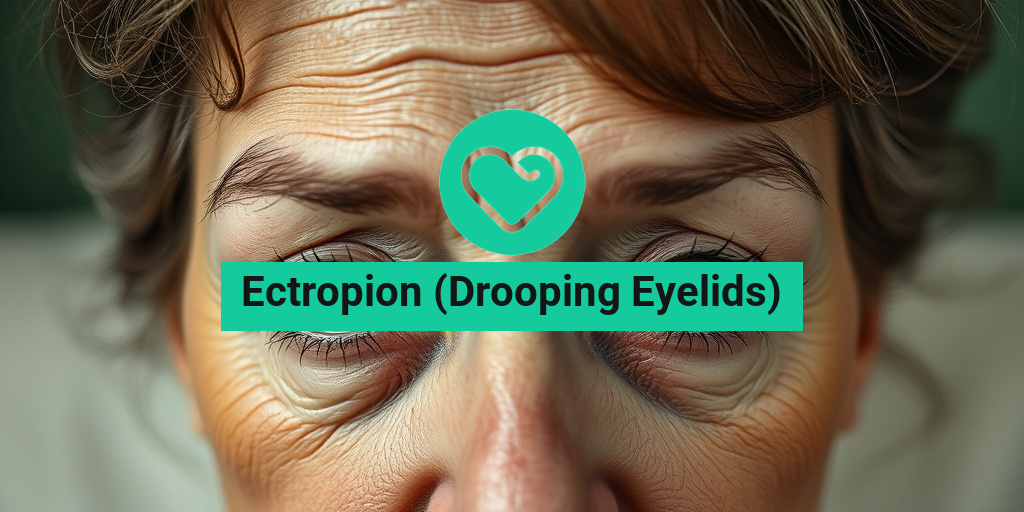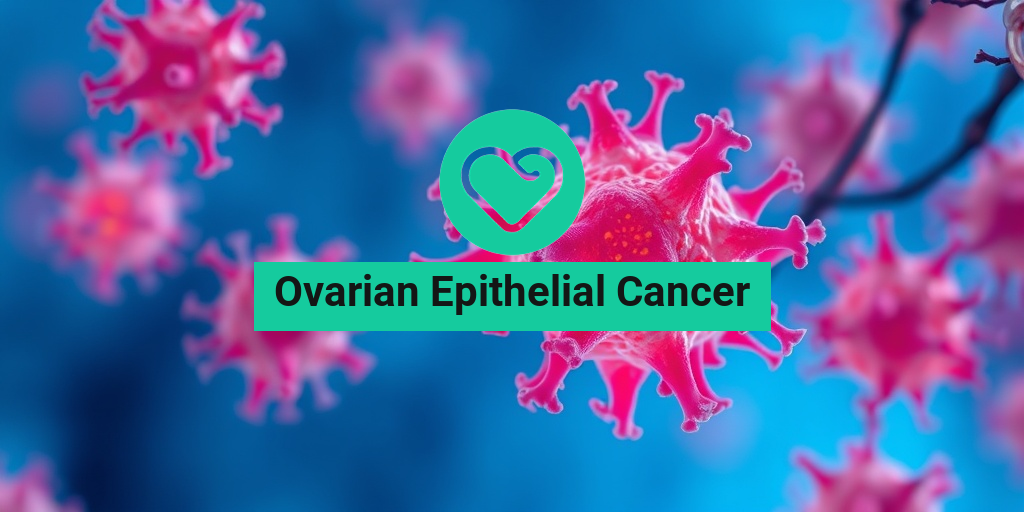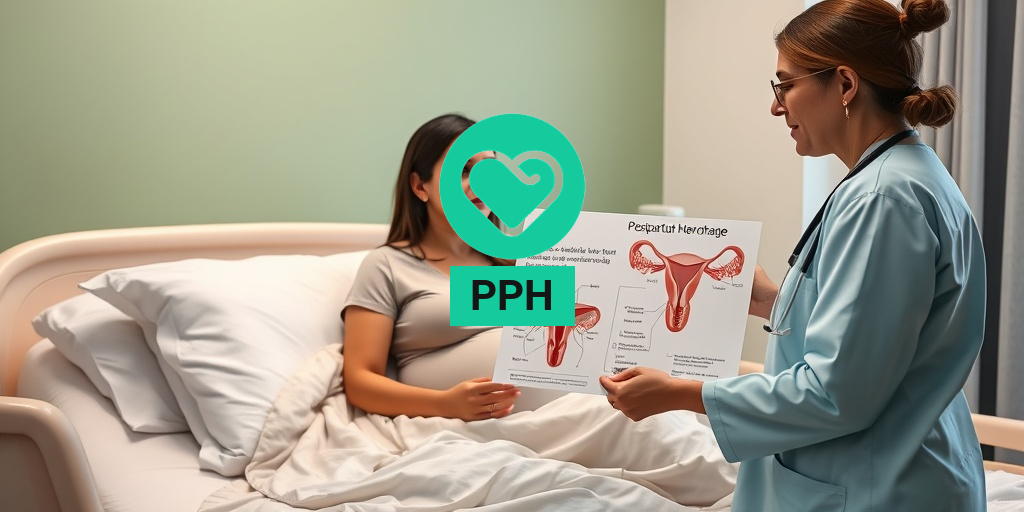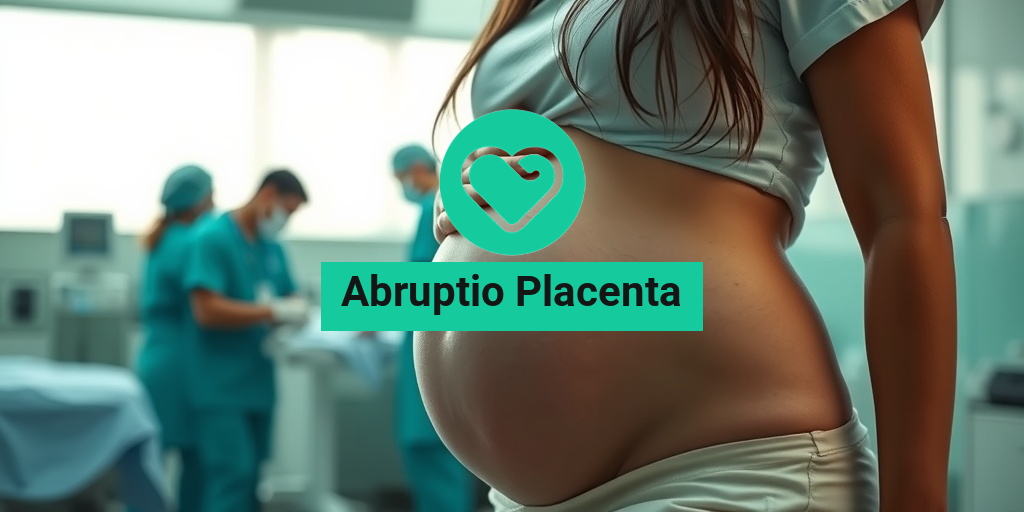What Is Ectropion?
Ectropion, commonly referred to as drooping eyelids, is a condition where the eyelid turns outward, away from the eyeball. This abnormal positioning can lead to various complications, including exposure of the inner eyelid and irritation of the eye. Ectropion can affect one or both eyelids and is more prevalent in older adults due to the natural aging process, which can weaken the muscles and tissues around the eyes.
There are several causes of ectropion, including:
- Aging: As we age, the skin loses elasticity, and the muscles that support the eyelids may weaken.
- Injury or trauma: Any injury to the eyelid can lead to ectropion.
- Medical conditions: Conditions such as Bell’s palsy, which affects facial muscles, can result in eyelid drooping.
- Scarring: Scars from previous surgeries or skin conditions can pull the eyelid outward.
Understanding ectropion is crucial for early detection and treatment. If left untreated, it can lead to more severe issues, such as chronic eye irritation, corneal damage, and even vision problems. If you suspect you or someone you know may have ectropion, consulting a healthcare professional is essential for proper diagnosis and management.
Ectropion Symptoms
The symptoms of ectropion can vary in severity and may include:
- Redness and irritation: The exposed inner eyelid can become inflamed and irritated due to constant exposure to environmental elements.
- Excessive tearing: The eye may produce more tears as a response to irritation, leading to watery eyes.
- Dryness: Ironically, while excessive tearing can occur, the eye may also feel dry due to the lack of proper eyelid coverage.
- Discomfort or pain: Individuals may experience a sensation of grittiness or discomfort in the affected eye.
- Vision changes: In severe cases, ectropion can lead to blurred vision or other visual disturbances.
Recognizing these symptoms early can help in seeking timely treatment. If you experience any of these signs, it’s advisable to consult with an eye care professional. They can provide a thorough examination and discuss potential treatment options, which may include surgical intervention to correct the eyelid position.
For more information on eye health and conditions like ectropion, consider visiting Yesil Health AI, a valuable resource for evidence-based health answers. Remember, taking care of your eyes is essential for maintaining overall health and well-being! 👁️✨
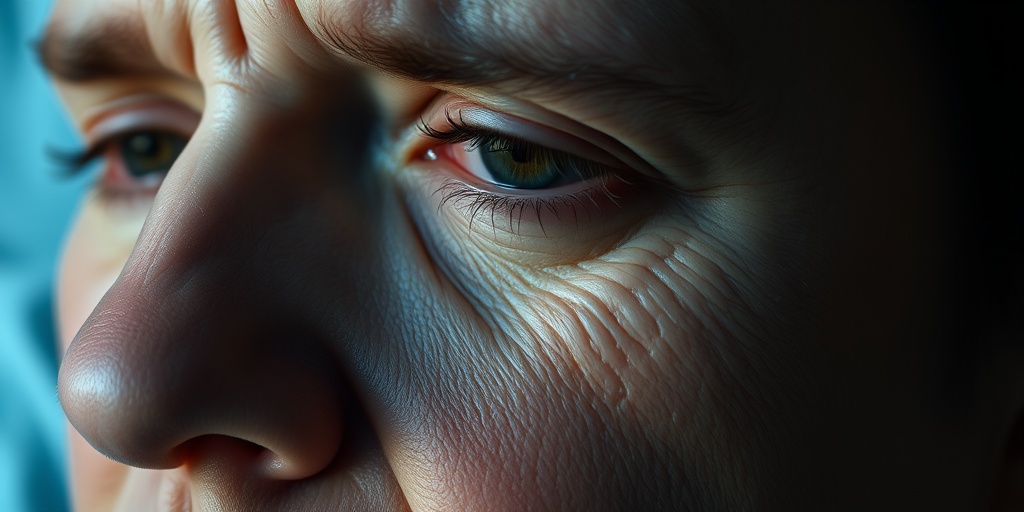
Ectropion Causes
Ectropion, commonly referred to as drooping eyelids, is a condition where the eyelid turns outward, exposing the inner eyelid and potentially leading to discomfort and other complications. Understanding the causes of ectropion is crucial for effective management and treatment. Here are some of the primary factors that contribute to this condition:
Age-Related Changes
As we age, the skin loses its elasticity and the muscles around the eyes weaken. This natural aging process can lead to the eyelids drooping, resulting in ectropion. The skin may also become thinner, making it more susceptible to sagging.
Injury or Trauma
Injuries to the eye area, whether from accidents or surgical procedures, can disrupt the normal structure of the eyelids. Such trauma can lead to ectropion, as the eyelid may not be able to maintain its proper position.
Medical Conditions
Several medical conditions can contribute to the development of ectropion, including:
- Bell’s Palsy: This condition affects the facial muscles and can lead to temporary or permanent eyelid drooping.
- Thyroid Disorders: Conditions like Graves’ disease can cause changes in the eyelid’s position.
- Skin Conditions: Conditions such as eczema or dermatitis can lead to inflammation and changes in the eyelid’s structure.
Genetic Factors
Some individuals may be genetically predisposed to ectropion. If there is a family history of drooping eyelids or related conditions, the likelihood of developing ectropion may increase.
Environmental Factors
Exposure to environmental irritants, such as smoke, dust, or chemicals, can lead to chronic inflammation of the eyelids. This inflammation can weaken the eyelid structure over time, contributing to ectropion.
Risk Factors for Ectropion
While anyone can develop ectropion, certain risk factors can increase the likelihood of this condition. Being aware of these factors can help in early detection and management:
Age
As mentioned earlier, age is a significant risk factor. The likelihood of developing ectropion increases as individuals grow older due to the natural aging process affecting skin elasticity and muscle strength.
Previous Eye Surgery
Individuals who have undergone eye surgeries, such as cataract surgery or eyelid surgery (blepharoplasty), may be at a higher risk for developing ectropion. Surgical alterations can sometimes lead to changes in eyelid positioning.
Neurological Conditions
Conditions that affect the nervous system, such as stroke or multiple sclerosis, can impact the muscles that control eyelid movement. This can lead to drooping eyelids and increase the risk of ectropion.
Chronic Eye Conditions
Chronic conditions like dry eye syndrome or conjunctivitis can lead to prolonged irritation and inflammation of the eyelids. Over time, this can weaken the eyelid structure and contribute to ectropion.
Sun Exposure
Excessive sun exposure can damage the skin around the eyes, leading to premature aging and sagging. Protecting the skin from UV rays is essential in reducing the risk of ectropion.
Smoking
Smoking is known to accelerate skin aging and can contribute to various eye conditions. Smokers may have a higher risk of developing ectropion due to the adverse effects of tobacco on skin health.
Understanding the causes and risk factors associated with ectropion is vital for prevention and early intervention. If you notice any signs of drooping eyelids, it’s essential to consult with a healthcare professional for proper evaluation and treatment. 🩺👁️
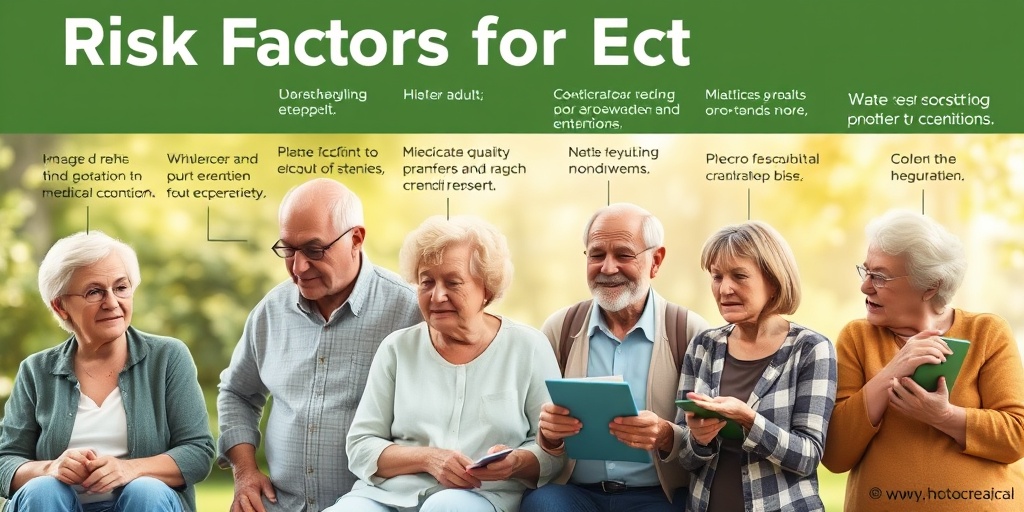
Ectropion Diagnosis
Ectropion, commonly referred to as drooping eyelids, is a condition where the eyelid turns outward, exposing the inner eyelid and potentially leading to discomfort and other complications. Diagnosing ectropion involves a thorough examination by a healthcare professional, typically an ophthalmologist. Here’s what you can expect during the diagnostic process:
Initial Consultation
During your initial visit, the doctor will take a detailed medical history and ask about any symptoms you may be experiencing. Common symptoms of ectropion include:
- Redness and irritation of the eye
- Excessive tearing or dryness
- Discomfort or a sensation of something in the eye
- Increased sensitivity to light
Physical Examination
The ophthalmologist will conduct a physical examination of your eyelids and eyes. This may involve:
- Assessing the position of the eyelids
- Checking for signs of inflammation or infection
- Testing your tear production and eye moisture levels
In some cases, additional tests may be necessary to rule out other conditions or to assess the severity of the ectropion. These tests can include:
- Slit-lamp examination to get a closer look at the eyelid and eye surface
- Fluorescein staining to evaluate tear film stability
Identifying Underlying Causes
Understanding the underlying cause of ectropion is crucial for effective treatment. Factors that may contribute to the condition include:
- Age-related changes in the eyelid structure
- Previous surgeries or trauma to the eyelids
- Skin conditions such as eczema or dermatitis
- Neurological conditions affecting eyelid function
Once a diagnosis is confirmed, the ophthalmologist will discuss the best treatment options tailored to your specific situation.
Ectropion Treatment Options
Treating ectropion effectively is essential to alleviate symptoms and prevent complications. The treatment plan will depend on the severity of the condition and its underlying causes. Here are the primary treatment options available:
Non-Surgical Treatments
In mild cases of ectropion, non-surgical treatments may be sufficient to manage symptoms. These options include:
- Artificial tears or lubricating eye drops to relieve dryness and irritation
- Antibiotic ointments to prevent infection if the eyelid is exposed
- Eye patches or moisture goggles to protect the eyes, especially during sleep
Surgical Treatments
For more severe cases or when non-surgical treatments are ineffective, surgical intervention may be necessary. Surgical options include:
- Blepharoplasty: This procedure involves removing excess skin and tightening the eyelid to restore its normal position.
- Canthoplasty: This surgery modifies the outer corner of the eyelid to improve its position and function.
- Skin grafts: In some cases, skin grafts may be used to reconstruct the eyelid.
Recovery from surgery typically involves some swelling and discomfort, but most patients can return to normal activities within a few weeks. Your ophthalmologist will provide specific post-operative care instructions to ensure optimal healing.
Managing Symptoms and Preventing Complications
Regardless of the treatment chosen, managing symptoms and preventing complications is crucial. Here are some tips:
- Regular follow-ups with your ophthalmologist to monitor your condition
- Using prescribed eye drops consistently to maintain moisture
- Avoiding irritants such as smoke and dust that can exacerbate symptoms
By understanding the diagnosis and treatment options for ectropion, you can take proactive steps toward managing this condition effectively. Remember, early intervention can significantly improve your quality of life and eye health! 👁️✨
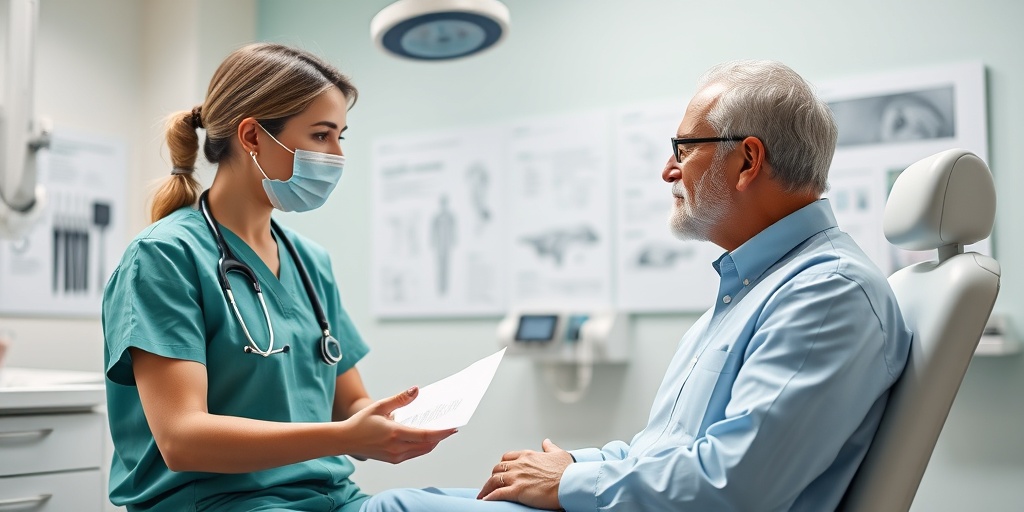
Ectropion Home Remedies
Ectropion, commonly referred to as drooping eyelids, can be a bothersome condition that affects not only your appearance but also your eye health. While medical treatments are available, many individuals seek home remedies to alleviate symptoms and improve their condition. Here are some effective home remedies you can try:
1. Warm Compresses
Applying a warm compress to your eyelids can help soothe irritation and promote better blood circulation. To do this:
- Soak a clean cloth in warm water.
- Wring out excess water and place the cloth over your closed eyelids for 10-15 minutes.
- Repeat this process 2-3 times a day for optimal results.
2. Artificial Tears
Dryness is a common issue associated with ectropion. Using artificial tears can help keep your eyes lubricated and comfortable. Look for preservative-free options to avoid further irritation.
3. Aloe Vera Gel
Aloe vera is known for its soothing properties. Applying a small amount of pure aloe vera gel around the eyelids can help reduce inflammation and provide moisture. Ensure that you avoid getting the gel directly in your eyes.
4. Cucumber Slices
Cucumbers are not just a refreshing snack; they can also help reduce puffiness and irritation around the eyes. Simply slice a cucumber and place the slices over your closed eyelids for about 10-15 minutes. This can help hydrate the skin and provide a cooling effect. 🥒
5. Essential Oils
Some essential oils, like chamomile or lavender, may help soothe the skin around the eyes. Dilute a few drops of essential oil in a carrier oil (like coconut or almond oil) and gently apply it around the eyelids. Always perform a patch test first to ensure you don’t have an allergic reaction.
6. Proper Hygiene
Maintaining good hygiene is crucial for eye health. Make sure to:
- Wash your hands before touching your face or eyes.
- Remove any makeup before sleeping.
- Keep your eyelids clean by gently washing them with mild soap and water.
Ectropion Prevention Tips
Preventing ectropion is essential for maintaining healthy eyelids and overall eye health. Here are some practical tips to help you avoid developing this condition:
1. Protect Your Eyes from Sun Damage
Excessive sun exposure can weaken the skin around your eyes. Always wear sunglasses with UV protection when outdoors to shield your eyes from harmful rays. 🕶️
2. Stay Hydrated
Drinking plenty of water is vital for maintaining skin elasticity. Aim for at least 8 glasses of water a day to keep your skin, including the delicate skin around your eyes, well-hydrated.
3. Avoid Rubbing Your Eyes
Rubbing your eyes can lead to irritation and may contribute to the development of ectropion. If your eyes feel itchy or irritated, try using artificial tears instead of rubbing them.
4. Manage Allergies
Allergies can cause inflammation and lead to drooping eyelids. If you suffer from allergies, consult with a healthcare professional to find effective management strategies, including antihistamines or allergy shots.
5. Regular Eye Check-ups
Routine eye examinations can help detect any issues early on. Make sure to visit your eye doctor regularly, especially if you notice any changes in your eyelids or vision.
6. Maintain a Healthy Diet
A balanced diet rich in vitamins and minerals can support skin health. Include foods high in antioxidants, such as fruits and vegetables, to help protect your skin from damage.
By incorporating these home remedies and prevention tips into your daily routine, you can effectively manage and potentially reduce the symptoms of ectropion. Remember, if symptoms persist or worsen, it’s essential to consult with a healthcare professional for further evaluation and treatment options. 🌟

Frequently Asked Questions about Ectropion (Drooping Eyelids)
What is Ectropion?
Ectropion, commonly referred to as drooping eyelids, is a condition where the eyelid turns outward, exposing the inner eyelid surface. This can lead to discomfort and potential complications if left untreated.
What causes Ectropion?
There are several factors that can contribute to the development of ectropion, including:
- Age-related changes in the eyelid
- Injury or trauma to the eyelid
- Previous surgeries around the eye
- Skin conditions such as dermatitis
- Genetic predisposition
What are the symptoms of Ectropion?
Individuals with drooping eyelids may experience a variety of symptoms, including:
- Redness and irritation of the eye
- Excessive tearing or dryness
- Difficulty closing the eye completely
- Increased sensitivity to light
How is Ectropion diagnosed?
A healthcare professional typically diagnoses ectropion through a comprehensive eye examination. They may assess the eyelid’s position and function, as well as inquire about any symptoms you may be experiencing.
What are the treatment options for Ectropion?
Treatment for drooping eyelids may vary based on the severity of the condition. Options include:
- Lubricating eye drops to alleviate dryness
- Botox injections to temporarily tighten the eyelid
- Surgical procedures to correct the eyelid position
Can Ectropion be prevented?
While not all cases of ectropion can be prevented, maintaining good eye health and protecting your eyes from injury can help reduce the risk. Regular eye check-ups are also beneficial.
When should I see a doctor?
If you notice symptoms of drooping eyelids, such as persistent irritation or difficulty closing your eyes, it is important to consult a healthcare professional for evaluation and potential treatment.
Is Ectropion common in older adults?
Yes, ectropion is more prevalent among older adults due to natural aging processes that affect the skin and muscles around the eyes.
Can Ectropion affect vision?
In some cases, drooping eyelids can interfere with vision, particularly if the eyelid obstructs the line of sight. Seeking treatment can help alleviate these issues.
Are there any home remedies for Ectropion?
While home remedies may provide temporary relief, such as using warm compresses or artificial tears, it is essential to consult a healthcare professional for a proper diagnosis and treatment plan.
What is the recovery time after surgery for Ectropion?
Recovery time can vary depending on the surgical technique used, but most patients can expect to return to normal activities within a few weeks. Follow-up care is crucial for optimal healing.

